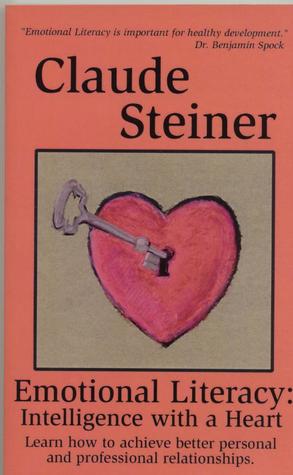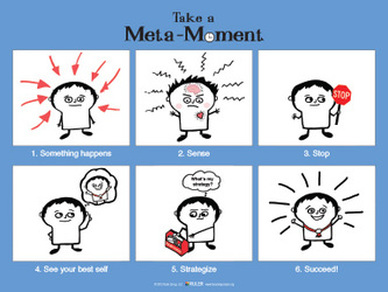Level 3 - Life Skills - Long-Term Support

1. When a student steps outside the classroom norms and the recovery level doesn't work, the teacher then needs to escalate to this level - Life Skills. One way to deal with the problem is to follow a script. Villa, Thousand, & Nevin actually have one of these scripts in their book, Collaborating with Students in Instruction and Decision Making. They call it the "What are you doing?" script and it looks like this:
- "'What are you doing?'
- 'Is it helping?' OR 'Does it comply with expectations? (If not, which expectation does it violate?)'
- 'How will you solve the problem?' OR 'What could you do instead (that falls within expectations)?'
- 'Is this something you can really do?' (Optional: 'Do you need help or a reminder to do this? What would help?')
- 'When will you start? For how long will you do this?'
- 'What will you get out of following this plan?'
- 'Congratulations, you made a good plan/choice/decision!'" (Villa, Thousand, & Nevin, 2010)

2. Steiner also has a strategy that I would like to employ. This has more to do with teaching the whole class about Emotional Literacy. He gives a 5 step process for becoming emotionally literate. The reason why this strikes me is because the 7th grade class I have help co-teach have gotten into talking about empathy a great amount and this strategy uses that. Steiner writes, "The capacities of loving and accepting love, lost to most people, can be recovered and taught with five precise, simple, transactional exercises.
a. Knowing your own feelings
b. Having a heartfelt sense of empathy
c. Learning to manage our emotions
d. Repairing emotional damage
e. Putting it all together" (Steiner, 2003)
This helps students know that loving and caring happens in class, but also continues outside of the classroom. This is one of those important things we could have a discussion about in class and make sure that the students understand all the vocabulary used (empathy, heartfelt).
a. Knowing your own feelings
b. Having a heartfelt sense of empathy
c. Learning to manage our emotions
d. Repairing emotional damage
e. Putting it all together" (Steiner, 2003)
This helps students know that loving and caring happens in class, but also continues outside of the classroom. This is one of those important things we could have a discussion about in class and make sure that the students understand all the vocabulary used (empathy, heartfelt).

3. A variation on the script in #1 are using acronyms. There are a few (STOMA, WIN, etc.), but for this, I am going to use POP due to its simplicity. POP is easy for the students to remember as it is only 3 words. They are "Problem? Options? Plan?" (Villa, Thousand, & Nevin). This assists the students in thinking deeply about what the problem is, what the options are to fix it or start repairing the issue (maybe even just discuss it), then finally planning an action to take after considering the problem and the options. This is a process most adults use everyday, whether at work or home. Often times we don't even realize it because it is just so internal, but if we can train students to do it AND be aware of it, it can be so much better.

4. Another strategy that comes from Steiner is learning three more advanced skills, which seems like a good thing to implement in the class room. They are as follows:
a. Speaking about our emotions and what causes them,
b. Developing our empathic intuition capacity, and
c. Apologizing for the damage caused by our emotional mistakes.
These take the Emotional Literacy a bit deeper and to connect critical thinking with emotion.
a. Speaking about our emotions and what causes them,
b. Developing our empathic intuition capacity, and
c. Apologizing for the damage caused by our emotional mistakes.
These take the Emotional Literacy a bit deeper and to connect critical thinking with emotion.

5. Finally, I think adding "Take a Meta-Moment" to my strategies for this level with also be helpful. Brackett & Kremenitzer point out this strategy and the instructions are as follows:
"1. Something happens
2. Sense
3. Stop
4. See your best self
5. Strategize
6. Succeed"
It comes with a poster illustrating each step which can be seen to the left. It encourages students to calm down before acting and think before reacting to something which is something I think even some adults need to learn as well.
"1. Something happens
2. Sense
3. Stop
4. See your best self
5. Strategize
6. Succeed"
It comes with a poster illustrating each step which can be seen to the left. It encourages students to calm down before acting and think before reacting to something which is something I think even some adults need to learn as well.